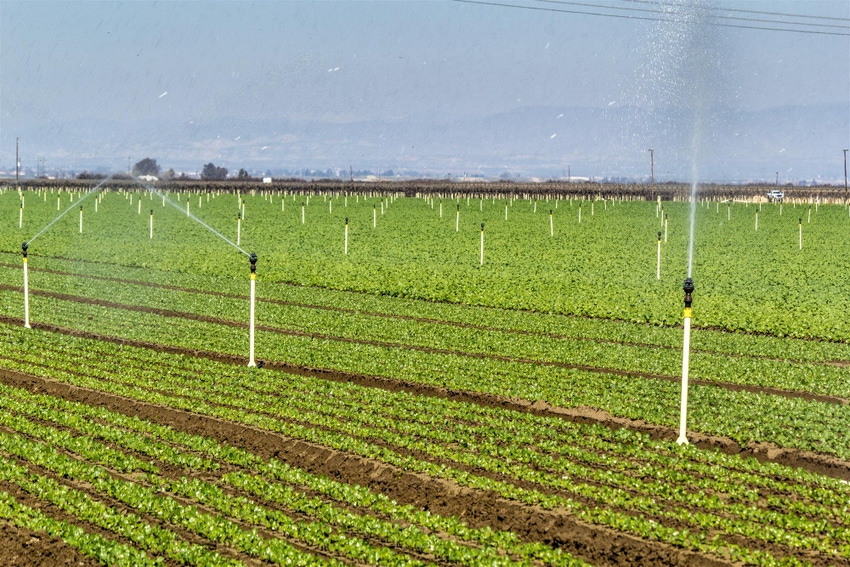
With no fanfare President Obama signed a massive water infrastructure bill that would take the average person longer to read than Tolstoy’s “War and Peace,” given that the average person is more apt to read the famous novel than suffer through the paper dump of such a bill.
That said, the water officials I spoke with recently agreed that it’s a necessary first-step for California.
If you’re interested, you can read it for yourself, starting at Subtitle J, Section 4001.
Nobody can possibly summarize this as it covers pretty much everything – from addressing the problems in Flint, Mich. to water issues affecting various American Indian tribes. California Sen. Barbara Boxer and 20 of her colleagues still voted against it. Boxer’s reasons reportedly had to do with the California provisions.
That such a sweeping federal bill had to be passed means that the federal government isn’t doing its job, or perhaps is standing in the way of others who could do it for the people.
Maybe it’s the later. The fact that competing railroad companies were allowed to build the Transcontinental Railroad suggests this.
Spelled out in the California section of the bill – Arizona’s mention in the massive paper dump references only the government seat of the Navajo Nation in Window Rock – are projects that included in the Los Angeles Basin, Sutter Basin, Hamilton City and the sweeping declaration that the secretaries of Commerce and Interior “shall” provide water to agricultural users.
Probably the most disturbing example in the conversations I had was when Westlands Water District admitted it received none of the water it was promised in 2016. None of it!
Granted, they were only promised a 5 percent allocation – not enough to be useful. There perhaps is no greater example of how broken government has become.
Our roads are broken and our water infrastructure can’t deliver the life-sustaining liquid that flows down rivers and man-made ditches. To help paint this picture I’ll simply mention the failure of the century-old water main under UCLA in 2014 – and it wasn’t caused by an earthquake.
The water main was nearly 100 years old. Let that sink in!
I agree that the latest federal water bill won’t do it all – it can’t. Neither will California’s 2014 water bond, which made it difficult at best to cut loose with an insufficient amount of money for water storage the state desperately needs.
Getting “there,” wherever “there” is in terms of water availability and infrastructure across the fruited plains and in California’s fertile valleys will require a top-to-bottom change in the environmental laws – the Endangered Species Act and Central Valley Project Improvement Act to name but two – that can no longer be held up as the sacred icons of a false religion.
Perhaps a more business-minded approach to managing federal issues may help; who knows. Surely the legislative and regulatory insanity of current and past generations hasn’t done us well.
About the Author(s)
You May Also Like






